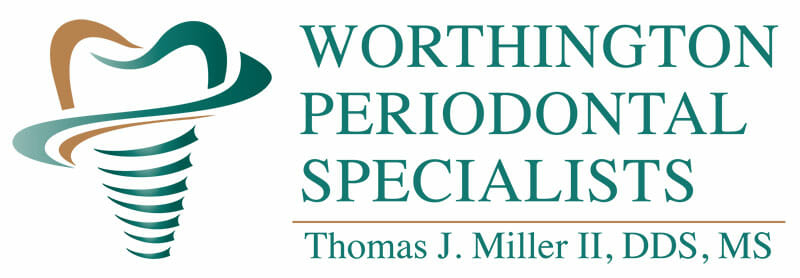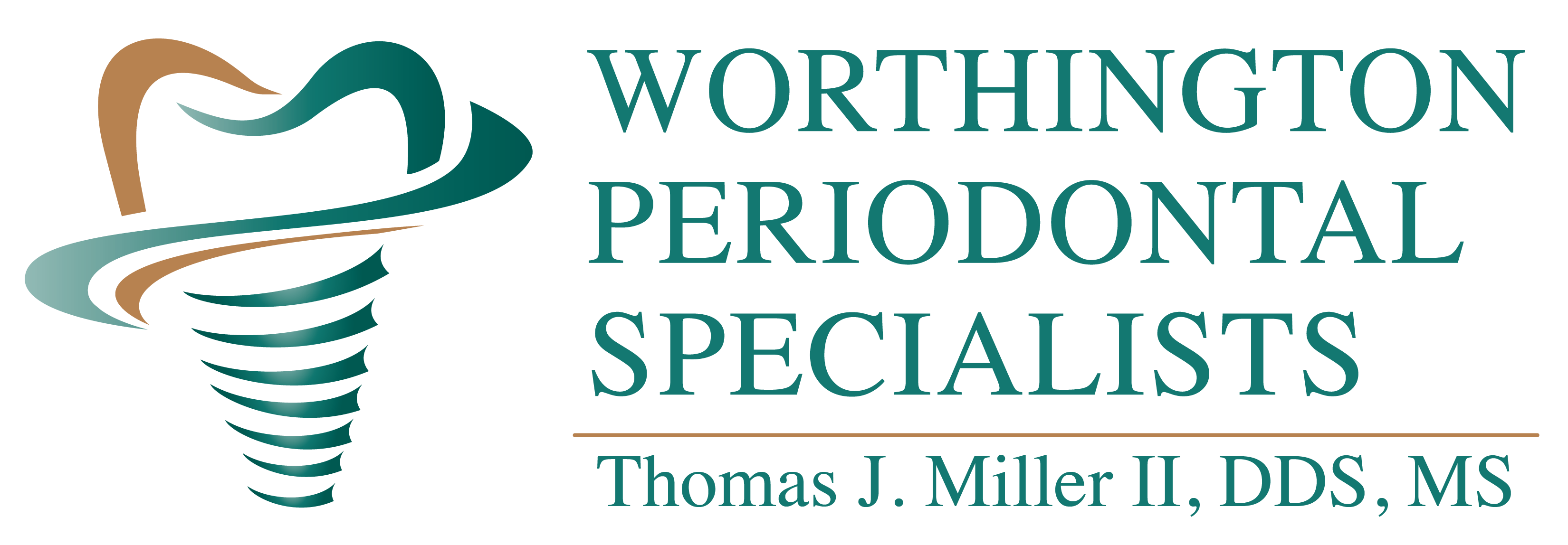A Single Missing Tooth Can Trigger a Domino Effect of Dental Issues
Schedule Your Gum Grafting Consultation Today! Appointments
Recession can be limited to one tooth or many and have symptoms including:
- Root Exposure on One or More Teeth
- Root Sensitivity
- Inflammation of the Tissues
- Cavities
- Esthetic Concerns
- Gum Disease
- Bone and Gum Deterioration
- Tooth Loss
There are three types of gum grafting surgery. Dr. Miller will choose the best options for your unique situation. Factors that impact his decision are the degree of gum disease that you have experienced, as well as your specific needs. The three types of gum grafting surgery are:
- Connective Tissue Grafts
- Free Gingival Grafts
- Pedicle Grafts
Featured Services
- Bone Grafting
- Bruxism Teeth Grinding
- Chao Pinhole Surgical Technique (PST)
- Dental Implants
- Gingivectomy
- Guided Tissue Regeneration
- Gum Grafting
- Osseous Surgery
- Periodontal Maintenance
- Periodontal Plastic Surgery
- Ridge Augmentation
- Ridge Preservation
- Scaling and Root Planing
- Sedation
- Sinus Lift
- TMJ
- Tooth Extraction
For New Patients

It is important to seek treatment for receding gums. Gum tissue is the primary barrier between bacteria, your teeth and the root system. Without an adequate barrier, bacteria can worsen gum disease, bone and gum deterioration and eventually lead to tooth loss.
Gum grafting may also be done for cosmetic benefits. For patients who feel their gum line is too low or not high enough, gum grafting can fix your aesthetic concerns. Reducing the amount of tooth shown will also promote better oral health.
There are three types of gum grafting procedures: connective-tissue grafts, free gingival grafts and pedicle grafts. Dr. TJ Miller II will use the method that best fits your needs.
A connective-tissue graft is the most common procedure. It is used to treat receding gums on one or more teeth. During the procedure, Dr. TJ Miller II makes an incision in the roof, creating a flap to remove tissue. The removed tissue is stitched to the gum tissue surrounding the exposed root, creating a higher gum line.
A free gingival graft is similar to the process of a connective-tissue graft, except tissue is taken directly from the roof of your mouth instead of from under a flap. This method is used in patients with thin gums.
A pedicle graft uses tissue taken from around the tooth with receding gums as opposed to the roof of your mouth. With this method the flap, or pedicle, is cut away so that one edge remains attached. The flap is pulled up or down, depending on the location to cover the exposed root. This method is generally used with patients who have plenty of gum tissue near the area needing repair.
Allografts are often used in dental grafts to cover exposed tooth roots, for gingival augmentation, soft tissue ridge augmentation, and soft tissue augmentation around dental implants. AlloDerm® is the most published acellular dermal matrix (ADM) in implant dentistry and has been shown to significantly reduce post-operative complications.
AlloDerm® is derived from donated human skin tissue. Human skin is composed of both epidermis and dermis. AlloDerm® uses only the dermis, which is acellular and does not contain DNA. The dermis is used for grafts because it contains a framework of biochemical and structural components that allow it to regenerate and replace itself throughout life. This makes the dermis ideal for tissue grafting.
Be sure to follow all instructions Dr. TJ Miller II gives you for post-operative care. It is important to not floss or brush the gum line that was treated until the area has healed. Dr. TJ Miller II will most likely give you a special mouthwash to help control plaque. To learn more about periodontal surgery in Worthington and Columbus, OH call Dr. TJ Miller II today for a consultation.



Review our office or socialize with us!